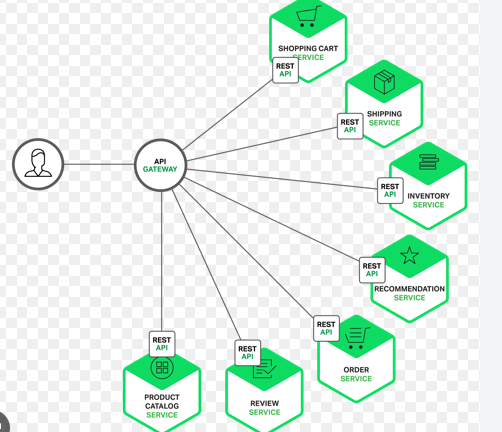Kubernetes Patterns - Part 2
- RNREDDY

- Sep 10
- 2 min read

Init Container, Sidecar, Ambassador, Adapter, Controller, Operator
Let’s look into a few more crucial patterns every Kubernetes practitioner should know in this Part 2.

1. Singleton Application
Some applications require that only one instance is active at a time, with others remaining in a passive or standby state.
Use cases: Leader-election apps, primary-replica DBs
Implementation approach:
Use Kubernetes Lease API (coordination.k8s.io/v1) for leader election
Store lock state in etcd/Zookeeper to prevent split-brain scenarios
Define PodAntiAffinity to distribute instances across nodes
2. Batch Job
Batch workloads are non continuous tasks that run to completion. Kubernetes provides Jobs and CronJobs to manage these workloads by ensuring execution, retries, and cleanup.
Use cases: Data processing, ETL, backups
Implementation approach:
Use Job (batch/v1) for one-time execution
Use CronJob (batch/v1) for scheduled tasks
Set backoffLimit to control retry attempts
Use ttlSecondsAfterFinished for automatic cleanup
3. Service Discovery
Microservices running in Kubernetes need a reliable way to communicate with each other. Kubernetes Service objects provide built-in discovery mechanisms for internal and external traffic routing.
Use cases: Microservices, backend APIs
Implementation approach:
Use ClusterIP Service for internal traffic (cluster.local DNS resolution)
Use Headless Service (clusterIP: None) for pod-to-pod direct communication
Deploy an Ingress Controller (NGINX, Traefik) for external routing
4. Stateful Service
Unlike stateless applications, stateful workloads require persistent storage and stable network identities. Kubernetes StatefulSet ensures ordered deployment, unique pod names, and persistent storage attachments.
Use cases: Databases (PostgreSQL, MongoDB), Kafka
Implementation approach:
Deploy StatefulSets (apps/v1) for ordered scaling and stable pod names
Use PersistentVolumes (PVs) with volumeClaimTemplates for per-pod storage
Define Headless Services for direct pod addressing
5. Self Healing Systems
Kubernetes continuously monitors the state of pods and ensures they match the declared state by replacing failed instances automatically.
Use cases: High-availability applications, Multi replica workloads
Implementation approach:
Define Liveness Probes to restart stuck containers
Use Readiness Probes to ensure traffic is routed only to healthy pods
Leverage ReplicaSets and Deployments for automated recovery
Configure PodDisruptionBudgets (PDBs) to limit voluntary disruptions
6. Health Probe
Determines pod health and take corrective actions such as restarting or removing it from service endpoints.
Use cases: Prevent routing to failing pods
Implementation approach:
Use Liveness Probe (/health) to restart unresponsive containers
Use Readiness Probe (/ready) to control traffic exposure
Use Startup Probe for applications with long boot times
These patterns provide structured approaches to solving common challenges in distributed systems.



Comments